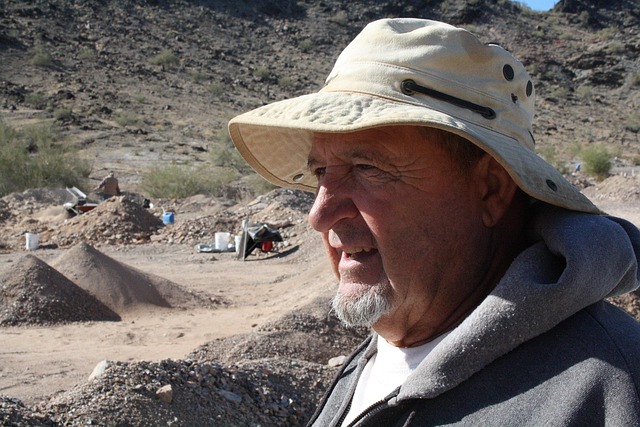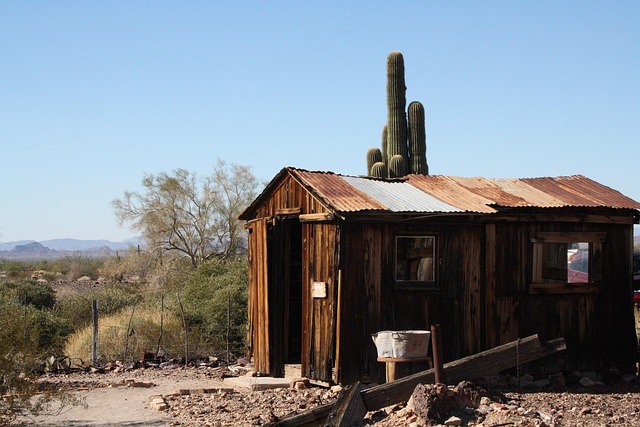Understanding seasonal dynamics is key to navigating urban real estate successfully. The annual cycle of hot summers and cold winters drives significant population fluxes, affecting property values and market trends. Summers see increased demand from residents and tourists, boosting accommodation and commercial space prices, while winters bring businesses catering to seasonal needs, aiding informed property management strategies. Extreme heat and bustling winter populations impact local markets and infrastructure demands, with shifts in desirable locations and potential strain on existing infrastructure. Real estate agents must adapt to these changes, considering year-round living requirements for regions traditionally attractive to winter residents.
In urban areas worldwide, seasonal dynamics play a pivotal role in shaping local markets and communities. This article delves into the contrasting pictures of cities during scorching summers and bustling winters, exploring how population fluctuations impact real estate and infrastructure. We analyze the allure of vibrant cities in each season, highlighting benefits and challenges for developers and planners. Furthermore, we propose strategies to foster sustainable urban growth, focusing on policies that support balanced development and community engagement. Key insights into real estate trends emerge, offering valuable lessons for shaping urban futures.
Understanding Seasonal Dynamics in Urban Areas

In urban areas, understanding seasonal dynamics is key for anyone in the real estate sector. The stark contrast between scorching summers and bustling winters highlights how population fluxes can significantly impact property values and market trends. During the summer months, cities often see an influx of residents and tourists alike, driving up demand for accommodation and commercial spaces. This surge in activity can lead to increased property prices and rental rates, making it a prime time for investors looking to capitalize on the market’s vibrancy.
However, come winter, these urban centers transform into bustling hubs with a different energy. The population shift can create opportunities for businesses catering to seasonal needs, such as hospitality and entertainment venues. Real estate professionals need to be attuned to these seasonal variations to make informed decisions regarding property management, investments, and marketing strategies. By recognizing the cyclical nature of urban life, they can better navigate the market, ensuring success in both high-demand seasons and quieter periods.
– Explore the fluctuations in population during different seasons.

The real estate market often experiences seasonal fluctuations, and this is particularly evident in regions with distinct weather patterns. During scorching summer months, many residents seek relief from the heat by traveling or participating in outdoor activities, leading to a temporary decrease in population. This seasonality can impact local Real Estate trends, as sellers may need to adjust their strategies to attract buyers during these quieter periods.
In contrast, winter brings a bustling population back into urban areas, especially in regions with milder climates. The colder months often encourage people to stay closer to home, and cities transform into vibrant hubs of activity. This seasonal shift can present opportunities for Real Estate agents and investors, as the increased population may drive demand for housing, potentially resulting in higher prices and a busier market.
– Discuss how these changes impact local real estate markets and infrastructure.

The fluctuating seasons, with their extreme temperatures, bring about significant changes in local real estate markets and infrastructure demands. As scorching summers become more frequent, areas once considered cooler retreats start to experience a shift. This trend can lead to increased demand for properties with adequate cooling systems, driving up costs and attracting investors seeking lucrative opportunities. Conversely, bustling winter populations may strain existing infrastructure, particularly in cities not designed for year-round habitation.
Local real estate agents often notice shifts in preferred locations. Residents might seek out areas with milder microclimates or access to recreational activities that mitigate the heat. This can result in a surge in property values and competition for desirable, climate-suitable neighborhoods. In contrast, regions that traditionally attract winter residents may need to adapt their infrastructure to accommodate year-round living, ensuring adequate utilities and services to support a growing population base throughout all seasons.






